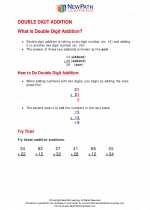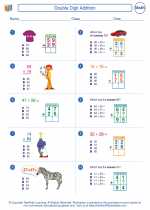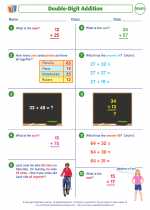Ray
In geometry, a ray is a part of a line that has one endpoint and extends infinitely in one direction. A ray is named by its endpoint and any other point on the ray. The endpoint is always listed first when naming a ray. A ray is represented by drawing a line with an arrowhead on one end to indicate that it extends infinitely in that direction.
Here's an example: If we have a line AB, we can name a ray using its endpoint A and another point C on the ray, and it would be written as ray AB. This indicates that the ray starts at point A and extends infinitely in the direction of point B.
Rays are often used in geometry and trigonometry to describe angles and to illustrate the path that light travels. Understanding rays is important for understanding concepts such as angles, lines, and geometric shapes.
It's important to note that a ray has only one endpoint, and it extends infinitely in one direction. It does not have a specific length, and it cannot be measured in the same way that a line segment can be measured.
Overall, rays are a fundamental concept in geometry and play a key role in understanding the properties and relationships of geometric shapes and angles.
.◂Math Worksheets and Study Guides Third Grade. Double Digit Addition

 Worksheet/Answer key
Worksheet/Answer key
 Worksheet/Answer key
Worksheet/Answer key
 Worksheet/Answer key
Worksheet/Answer key
 Worksheet/Answer key
Worksheet/Answer key
